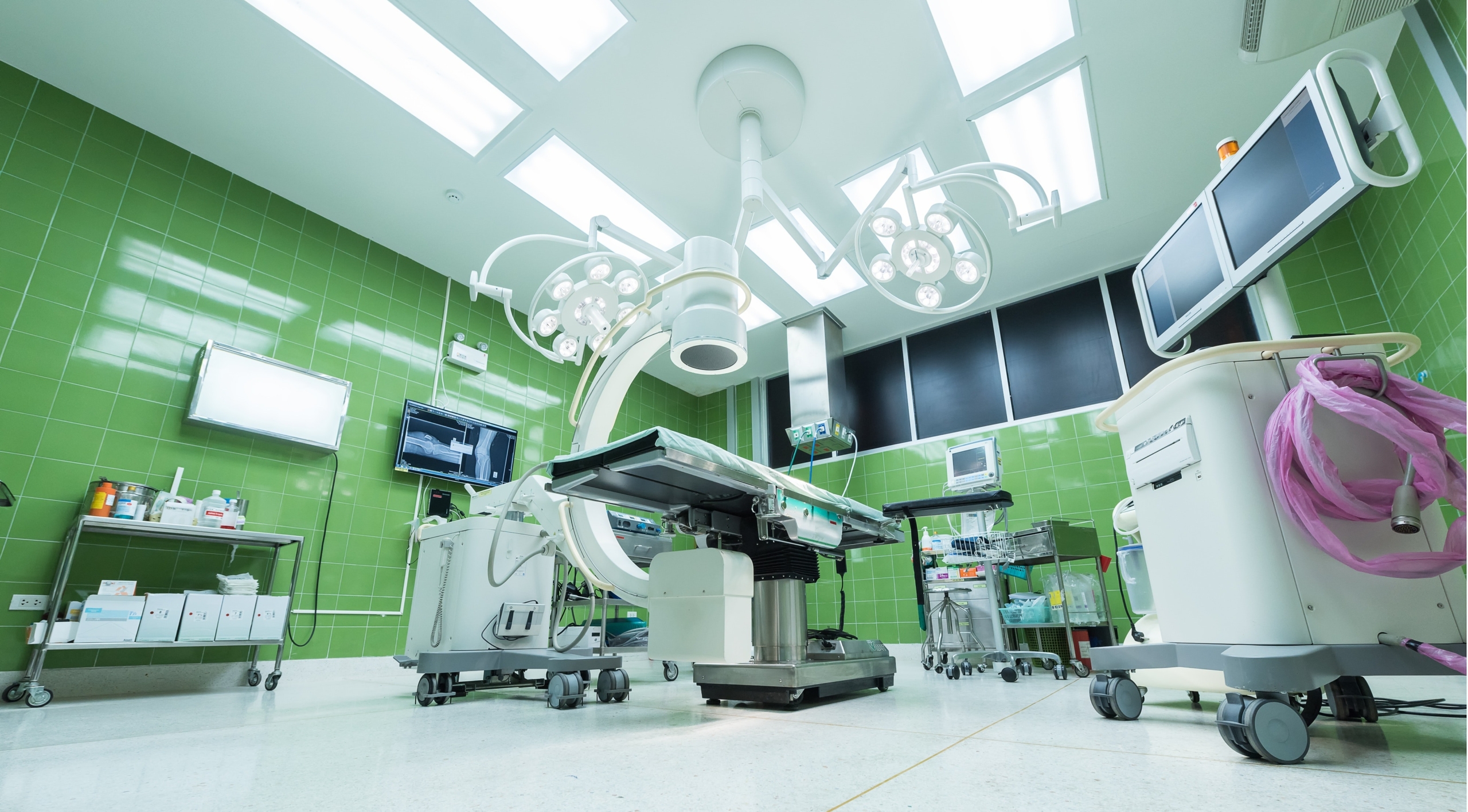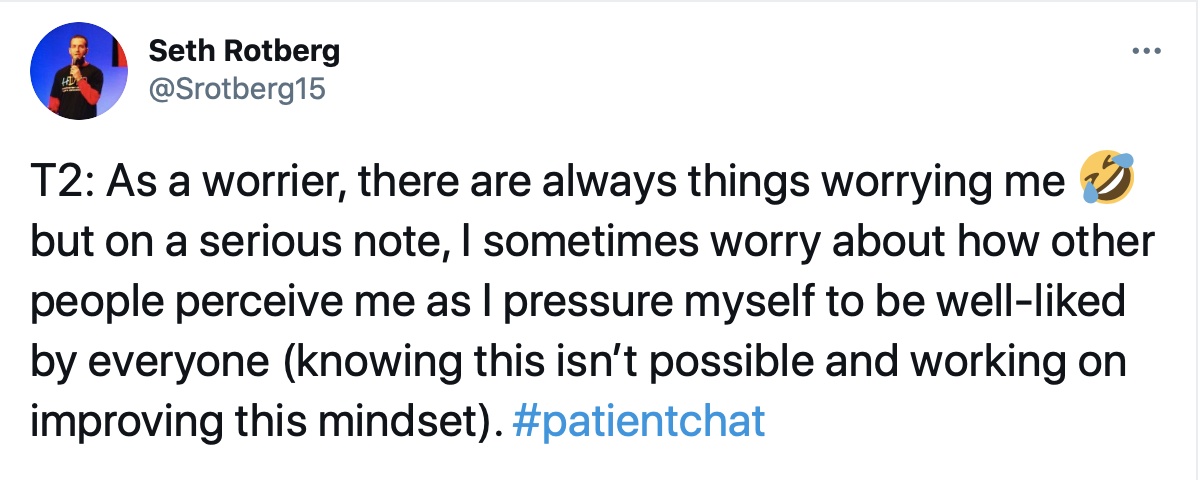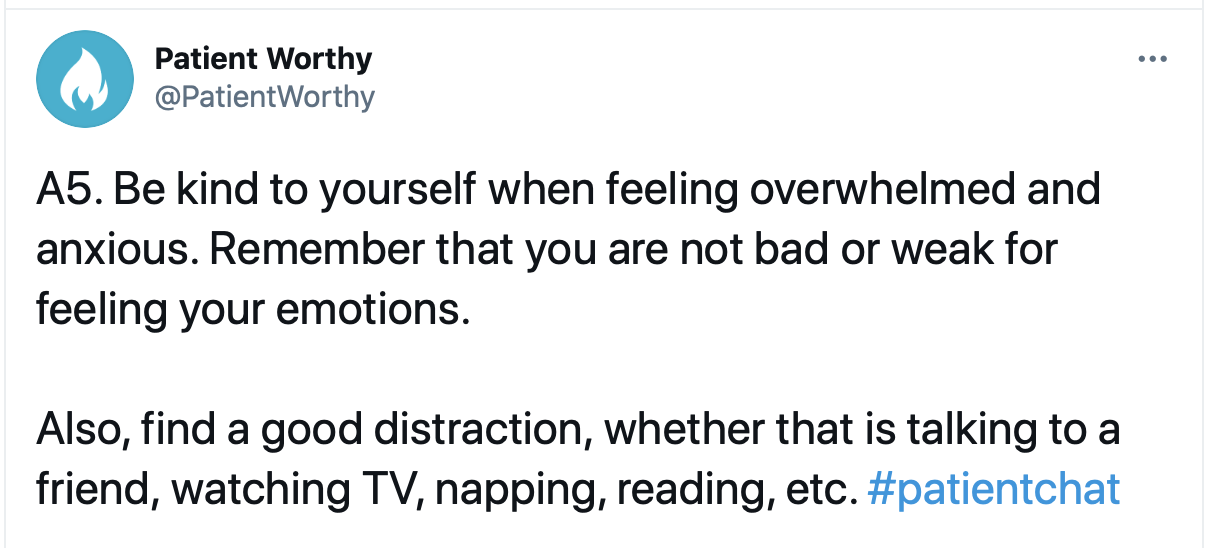Step-By-Step Guide to Using Telemedicine
Step-By-Step Guide to Using Telemedicine from Patient Empowerment Network on Vimeo.
The ultimate guide for a successful and safe telemedicine visit with your doctor that includes practical and actionable tips to help you utilize telemedicine to your advantage.
Transcript:
Andrea Conners
Hi, I’m Andrea Conners the Executive Director of Patient Empowerment Network. It’s my pleasure to talk with you about telemedicine and offer some practical and actionable tips to help you utilize telemedicine to your advantage, both now and the foreseeable future due to COVID. As well as, throughout your healthcare journey.
So, let’s start at the beginning with what exactly is telemedicine? Whether it is an appointment with your nurse, doctor, or mental health provider, there are times when it could make more sense to meet with a member of your healthcare team virtually using your computer or mobile device.
This approach may offer more flexibility and cut down on your time in the car or in the waiting room and, of course, decrease your exposure to illnesses such as COVID. If telemedicine is available to you through your doctor’s office or hospital you can see your health care provider for an appointment without leaving your home using a few simple steps which I’ll walk you through now.
The first step is scheduling your appointment, step two is preparing for your appointment, and step three is understanding what to expect on the day of your appointment. Utilizing these three steps will ensure you have a stress free and successful telemedicine visit.
It’s important to keep in mind that every provider’s technology is slightly different. The platforms and instructions you receive for your telemedicine visit may vary for each healthcare system. That being said, there are a few things you will need. The first is a strong Internet connection like a home Wi-Fi network. The other requirement is a computer or mobile device like a tablet or your smartphone. The device should have a webcam so that your provider can see you and a microphone so that you can communicate with the provider. Both of these are standard on most mobile devices.
Once you have confirmed that you have the necessary equipment and tech requirements, the next step is to ensure your physician or clinic has options for telemedicine. You can do this by calling the appointment staff. You may be able to see the options for virtual appointments when you log on to your patient portal that your provider has once the appointment is scheduled.
It’s important to ask how you will receive instructions for the appointment. Providers might send information to your email address or through your patient portal messaging system. Be sure to ask for telephone number in case you have technical difficulties.
After you’ve scheduled your appointment, it’s time to get prepared here’s a pro tip for you, don’t use a public Wi-Fi connection to access personal information as it can be easily compromised. If you’re going to use Wi-Fi, it’s best to do it from home on a secure connection. It’s important to also note that because you will be sharing health information during the virtual visit, your provider will use the technology that protects your information.
Here are some tips for preparing for your telemedicine appointment:
First, review the instructions that you received from your provider. Then, log on to the portal to familiarize yourself with the process and the software. Once again, every health care system is set up a bit differently so follow the provided instructions closely.
Be sure to test your system. Most software offers this option, and you can test well in advance of your appointment.
Lastly, ensure that your audio and video are working properly. If not, refer to the instructions or call the designated number to get assistance.
On the day of your appointment, login at least 10 minutes early. You may have to fill out an intake form just like you do at a regular visit or sign a consent form for care, this will all be done online. Also, and this is really important, make sure your device is fully charged. Just like an in-person appointment, there may be some time that you spend in your virtual waiting room so you’re going to want to make sure that your computer or your smartphone has enough battery to last the entire visit.
A few more things to keep in mind: make sure the sound, camera, and microphone on your device are turned on and check the levels are up and not muted. This is another really important one, be patient. As with most video calls, it takes some time, even a few minutes, for everyone to be able to hear and see each other.
Be prepared. Write down questions and topics you would like to address with your provider in advance, and just know, that there may be follow up you need to complete following the appointment, such as lab work. If that’s the case, your doctor will provide specific instructions on how best to handle this.
One important thing to note when deciding between a telemedicine versus an in-person appointment is that telemedicine is not for emergency situations. And although it might not replace an in-person appointment, some types of non-emergency follow up and monitoring appointments might be possible to conduct virtually.
Mental health resources, such as online counseling, are also often available through telemedicine. When in doubt, your health care provider can help you determine if a virtual appointment is an option for you and the best option for you.
So, all of this might leave you wondering is telemedicine just a passing trend that will go away after the pandemic is over? 54% of physicians surveyed said that they will continue to utilize telemedicine to serve their patients after the pandemic has ended. So, it appears that telemedicine is here to stay.
I know I’ve covered a lot of information in a very short period of time so if you would like to learn more I invite you to visit PEN’s website and take the full Digitally Empowered® course where you’ll learn all sorts of digital skills that will help you become more tech-savvy and empower your health care journey. The courses free self-paced and available to you at anytime you can access it using the URL (iamdigitallyempowered.org) in the green box on this slide.
Before I let you go, I’d like to tell you more about my organization Patient Empowerment Network, also known as PEN, in case you’re not familiar with us. PEN is a pan-cancer advocacy organization that focuses on increasing health and digital literacy for patients and care partners. We provide free online programs and resources designed to educate and help activate patients and care partners to share in decision making with their care team. We do this because we know that empowered patients like all of you typically achieve better health outcomes. Please join our network of empowered patients. Thank you for your time.








